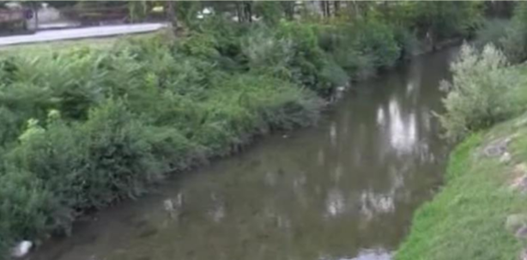Riverbank represents both natural and man-made features following the river flow. In the past, lots ofmany artificial banks were built with concrete or other types of retaining walls, thus restricting the natural movements of rivers, leading to river degradation, increased water flow, increased erosion and reduced biodiversity.
Riverbanks play a key role in floodplain functioning, providing a gradual transition between aquatic and terrestrial ecosystems. However, the majority of riverbanks in temperate regions are far from their ecological potential due to engineering structures.
River bank renaturalisation consists in recovering its ecological components, thus reversing such damages and especially allowing bank to be stabiliszed, as well as rivers to move more freely. Nature-based solutions such as bioengineering are preferable, but civil engineering must be used in case of strong hydrological constraints.
While N05 Stream bed re-naturalisation restores the natural structure of the streambed and banks for ecological benefits, the main objective of N10 is to stabilise riverbanks to reduce erosion and allow the natural movement of the river.
Riverbanks hold a key position on functionality of floodplains as they constitute the gradual transition between aquatic and terrestrial ecosystems. However, due to technical constructions the majority of riverbanks in temperate regions are far from their ecological potential.

Stabilisation of natural banks, creation and development of riparian buffers (IT)
Source: OPTAIN project
...